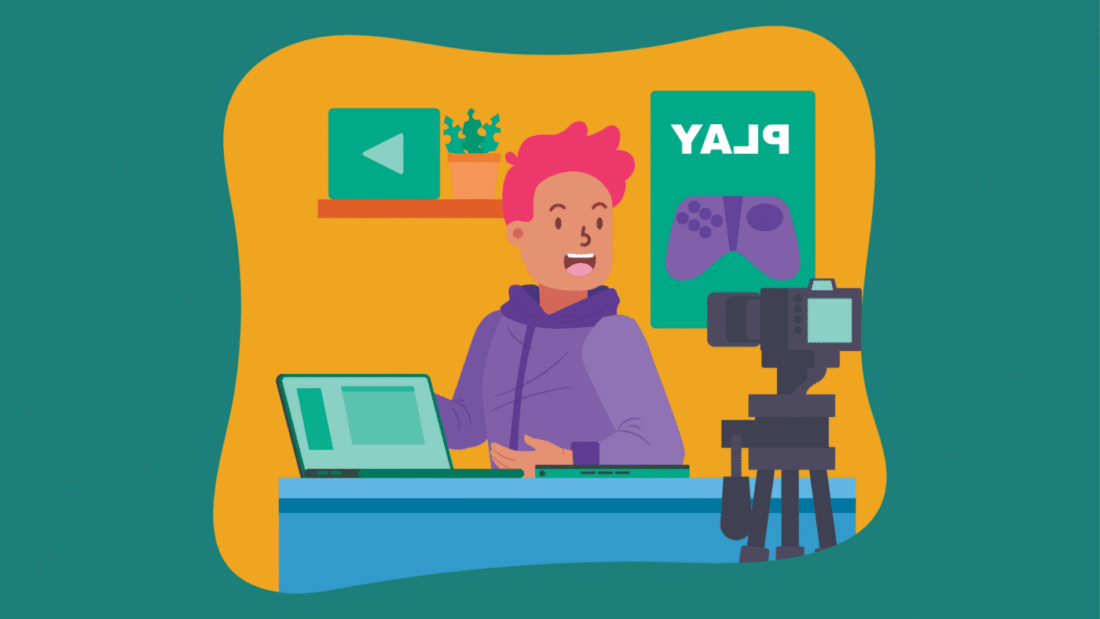Introduction:
In the ever-evolving digital landscape, creativity remains king. The year 2019 saw a surge in digital brands embracing storytelling, emotion, and cultural relevance to capture consumer attention. With platforms like YouTube, Facebook, and Instagram fueling viral engagement, digital advertising evolved into a form of art. In this blog, we revisit 20 of the most viewed digital ads of 2019, analyzing what made them unforgettable and how these creative efforts helped brands connect globally.
1. Nike – “Dream Crazier”
Narrated by Serena Williams, this powerful ad celebrated female athletes and challenged gender stereotypes. The emotional tone and compelling visuals made it one of the most inspiring digital campaigns of the year.
2. Apple – “Behind the Mac”
Apple continued its tradition of showcasing real creators using its products. This minimalist, black-and-white series emphasized creativity and authenticity, resonating deeply with artists and developers alike.
3. Google – “Loretta”
This Super Bowl ad by Google used voice technology to tell the emotional story of an elderly man remembering his late wife. It was a perfect mix of product showcase and heartfelt storytelling.
4. Amazon – “Not Everything Makes the Cut”
Featuring celebrity cameos and futuristic Alexa devices, this humorous ad tapped into the brand’s playful side while showing the potential of AI in everyday life.
5. Samsung – “The Future”
A visionary ad promoting innovation, foldable phones, and 5G, Samsung positioned itself as a leader in tech evolution, using sleek visuals and bold music to set the tone.
6. Adobe – “Fantastic Voyage”
This ad followed a creative’s journey inside Adobe Creative Cloud. It was a stunning visual piece demonstrating the power of design tools, perfectly tailored for the digital creative audience.
7. Coca-Cola – “The Last Customer”
Released during the holiday season, this ad focused on gratitude, depicting a store worker receiving a surprise thank-you. It captured the spirit of giving in a touching narrative.
8. Spotify – “2019 Wrapped”
Spotify brought user data to life with quirky, localized ads based on listening habits. The creative use of personalized content proved how data and design can come together for impactful campaigns.
9. Lego – “Rebuild the World”
A colorful, imaginative ad encouraging creativity among kids (and adults), it reflected Lego’s mission while showcasing brilliant set design and animation.
10. Microsoft – “We All Win”
Promoting adaptive controllers for gamers with disabilities, this ad was a masterclass in inclusive marketing and earned massive praise for its empathetic storytelling.
11. Dove – “Project #ShowUs”
Dove partnered with Getty Images and Girlgaze to create a more inclusive vision of beauty. The ad celebrated real women of all backgrounds, reinforcing the brand’s body-positive message.
12. Heineken – “Cheers to All”
Challenging drink stereotypes, this short ad swapped gender roles at the bar. It used humor to make a point about assumptions and drink choices, going viral for its simplicity and wit.
13. Netflix – “Stranger Things Season 3 Trailer”
The nostalgic, action-packed trailer for Stranger Things brought back 80s vibes and sparked massive excitement. Netflix’s mastery of suspense and retro appeal was in full force.
14. TikTok – “It Starts on TikTok”
As TikTok exploded globally, this self-promotional ad highlighted the app’s ability to launch trends, songs, and creators into virality—reflecting its real-time cultural impact.
15. Facebook – “More Together”
In an effort to rebuild trust, Facebook’s campaign showed real communities coming together through Groups. It emphasized connection over controversy.
16. Burger King – “Moldy Whopper”
Breaking all visual norms, this ad showed a Whopper decomposing naturally, highlighting the brand’s shift to preservative-free ingredients. Shocking but effective.
17. Adobe – “Creativity for All”
Celebrating self-expression and design, Adobe’s campaign empowered users of all skill levels to unleash their creativity through its tools.
18. Uber – “Safety Never Stops”
Uber addressed passenger concerns head-on with this campaign focused on rider safety and trust, promoting its new safety features and policies.
19. Airbnb – “Live There”
Airbnb leaned into the concept of local experiences with this heartfelt campaign encouraging travelers to live like a local. The global message hit home for adventure seekers.
20. Pepsi – “More Than OK”
With Cardi B, Lil Jon, and Steve Carell, this star-studded ad turned a common phrase into a branding moment. Humor, music, and celebrities made it one of the year’s standout ads.



